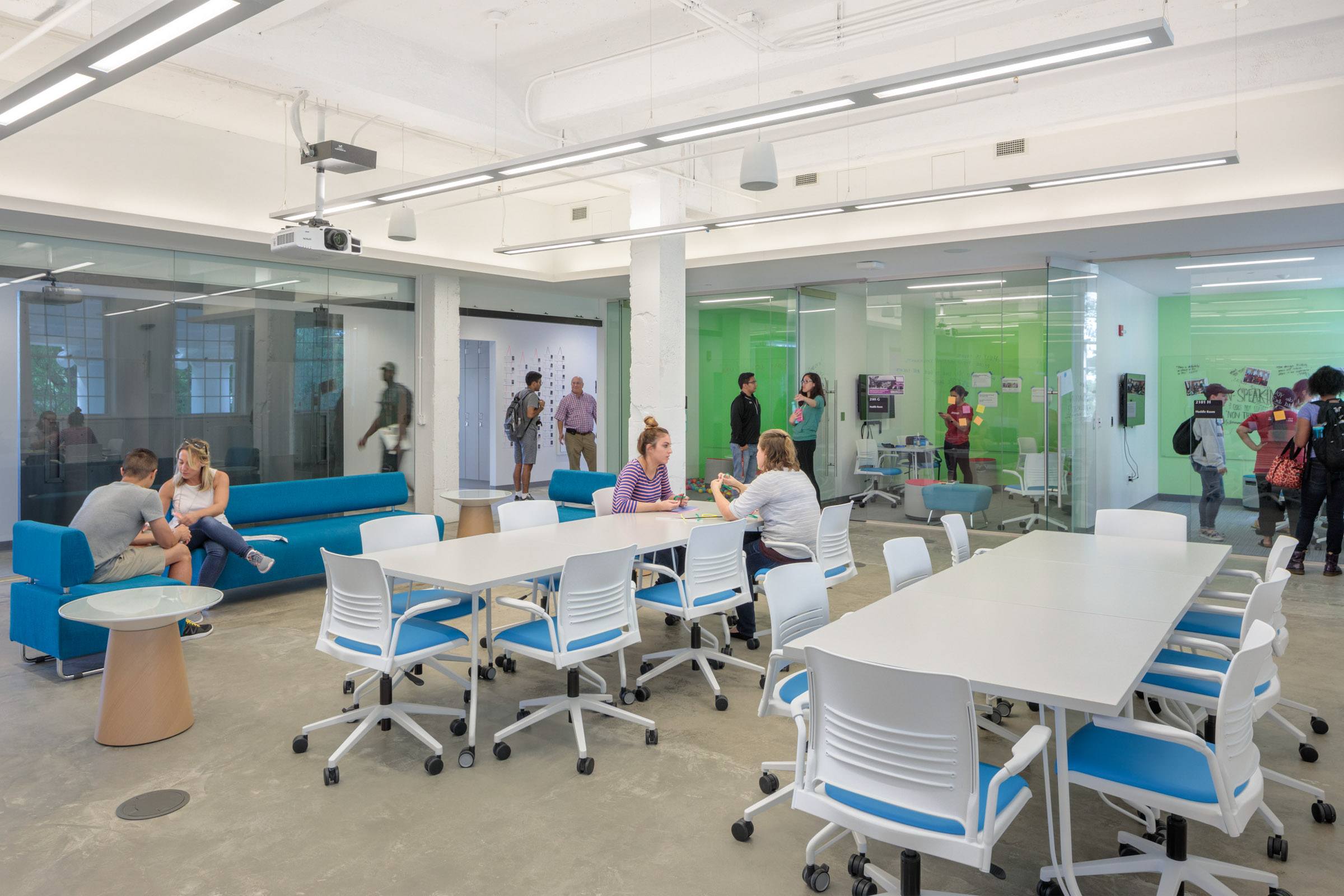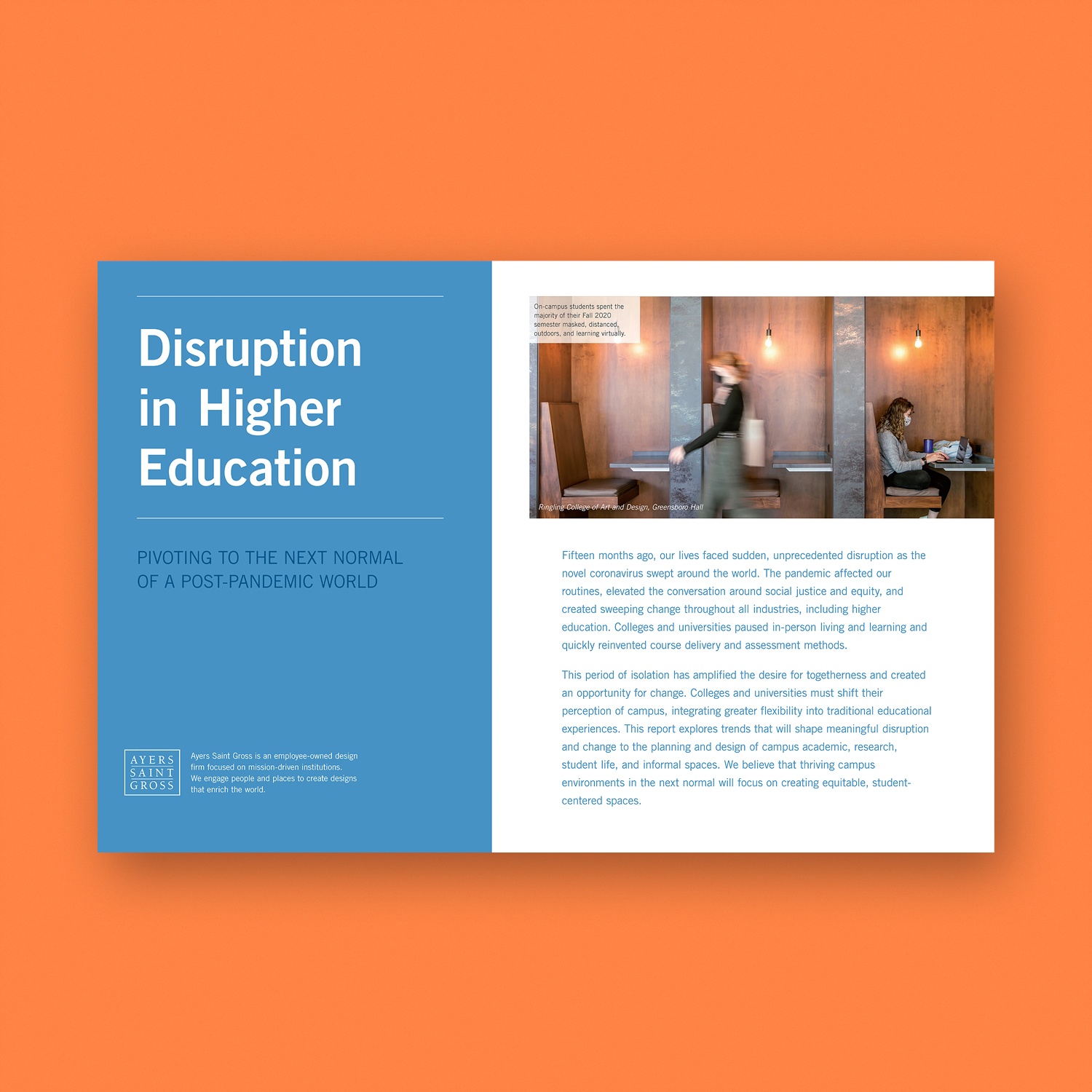When it comes to the evolving world of higher education, one of my favorite quotes comes from a popular “Did You Know” video by Karl Fisch and Scott McLeod: “We are currently preparing students for jobs that don’t exist, using technologies that haven’t been invented in order to solve problems that we don’t even know are problems yet.”
As a learning environments strategist, I am fascinated by the recent changes in the progression from high school to adulthood. In past generations, the path was reasonably straightforward: many 18-year-olds graduated high school, spent four years in college, and then entered the workforce upon graduation, where they gradually climbed the corporate ladder by learning managerial-based skills on the job. On this track, the average person would experience six job changes from college to retirement.
Today, a person’s career path is often more agile and unpredictable. With the short lifespan of technology, the tools and skillsets we depend on in the workforce can become obsolete within a few years; the pandemic and the rapid development of artificial intelligence has only sped up the sunsetting of industry-standard technologies and methods of working.
Now, our most promising professions are related to knowledge creation and innovation. The most valued workers are those who possess soft and smart skills and the ability to work well on interdisciplinary teams. According to the U.S. Department of Labor, today’s learners will also switch jobs much more frequently – holding 10 to 14 positions by age 38. These statistics point to the need for more fluidity between the future of learning and work – how we work influences our evolving needs relating to post-secondary education.
To keep abreast of trends and learn what these changes will mean for the future of physical campus environments, I repeatedly turn to a few valuable resources:
- The Center for the Future of Libraries Trend Collection
- Educause’s Teaching and Learning Edition of the Horizon Report
- Bryan Alexander’s Future Trends in Technology and Education
Like many other trend-watching sites, the resources loosely organize trends via a STEEP analysis, looking at Sociological, Technological, Economic, Environmental, and Political factors that influence the field of higher education. Studying trends in this way helps bring perspective to the higher education market and shape possible future adaptations to our learning environments.
The resources above suggest emerging opportunities and threats that may influence physical space needs. By analyzing trends and potential futures for higher education, designers have a toolbox to assist clients with innovative solutions that capitalize on an institution’s core strengths and key differentiators.
Emerging Opportunities for Higher Education
As we enter the post-pandemic next normal, institutions are thinking more intentionally about connected and experiential learning. Campuses across the country are seeing a need for learning environments that are more cross-disciplinary, connected, and hands-on, taking advantage of and responding to the latest advances in artificial intelligence and augmented and virtual reality. Learning is no longer entirely schedule- or place-based. Designers can employ flexible, modular, and adaptable solutions for learning anytime, anywhere, and with anyone.









